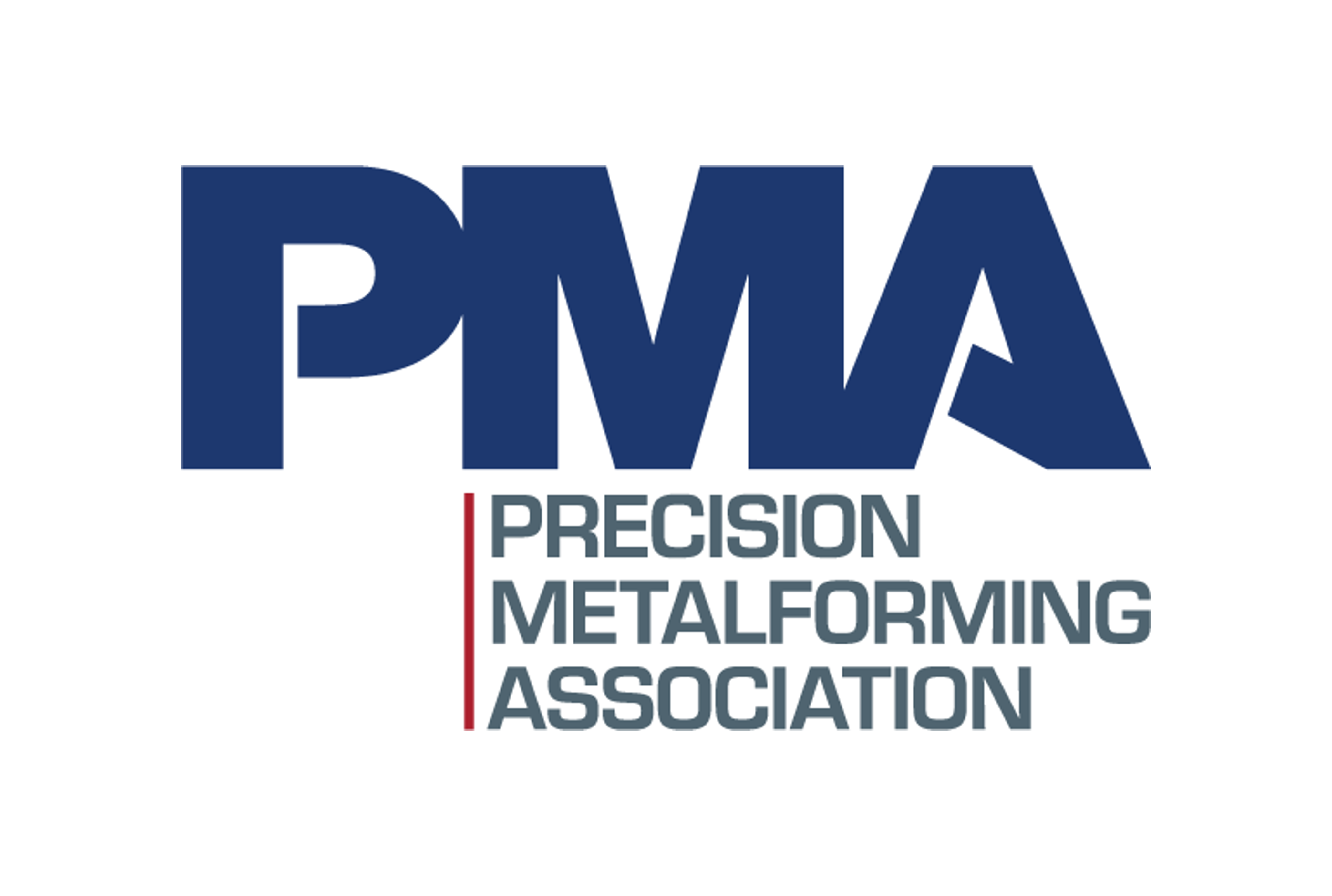Market Data

July 10, 2017
EUROFER Expects Improving Market Conditions for 2017
Written by Sandy Williams
The European steel market and economy improved in the first half of 2017, but the EU is concerned that increasing protectionist policies may lead to “disastrous trade flow distortions.”
Apparent steel consumption grew 3.1 percent year-over-year in the European Union during the first quarter of 2017, according to a new report by the European Steel Association (EUROFER). Improved supply and demand balance was driven primarily by a reduction in dumped imports as a result of successful trade cases.
![]() EUROFER Director General Axel Eggert said, “Initial data and estimates for the second quarter signal that apparent steel consumption remained on a mildly positive growth trend. However, the rather sharp rise in imports over the April-May period suggests that EU mills most likely again lost ground to third country suppliers.”
EUROFER Director General Axel Eggert said, “Initial data and estimates for the second quarter signal that apparent steel consumption remained on a mildly positive growth trend. However, the rather sharp rise in imports over the April-May period suggests that EU mills most likely again lost ground to third country suppliers.”
Third-quarter steel consumption is expected to improve further during the second half of the year with some seasonal destocking negatively affecting consumption growth in the fourth quarter. An increase in apparent steel consumption of 1.9 percent is expected for the year as a whole. EU steel demand in 2018 is forecast to match a mild slowdown in real consumption growth.
Steel-using industries saw second-quarter production activity jump 5.8 percent year-over-year, exceeding expectations but also appearing stronger compared to a weak first quarter. All sectors performed well, especially steel tubes due to pipeline projects. Automotive and construction activity also improved at a faster rate than anticipated. Steel-using sector output is expected to grow by 3.5 percent in 2017 and 2.1 percent in 2018.
Less political uncertainty in the EU and steady private consumption growth and higher public investment are expected to boost domestic steel demand. Manufacturers are optimistic about export growth for 2017 and 2018.
EUROFER predicts EU GDP growth at 2 percent in 2017 and 1.8 percent in 2018.
Eggert commented, “In spite of this mildly positive demand scenario, import distortions will remain the main risk for the stability of the EU steel market. With no structural solutions for the underlying problem of global overcapacity in sight, the number of protectionist and even isolationist measures look set to increase. In particular, measures potentially stemming from the U.S. Section 232 investigation may lead to a proliferation of disastrous global trade flow distortions.”







